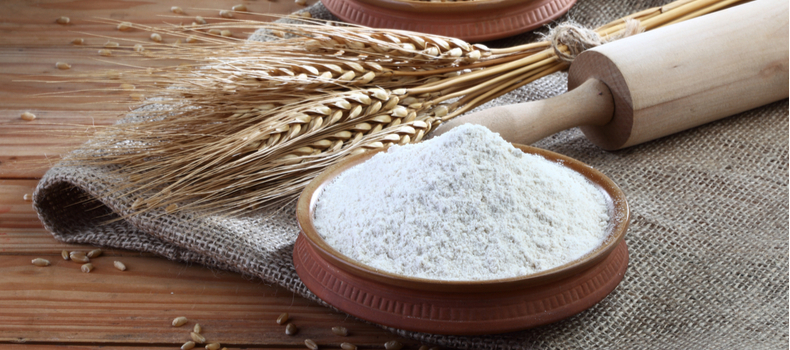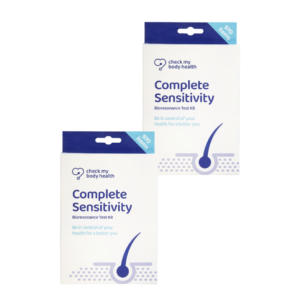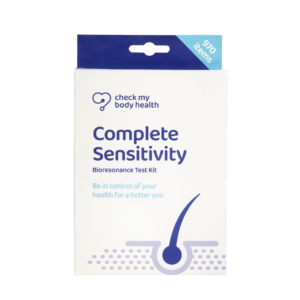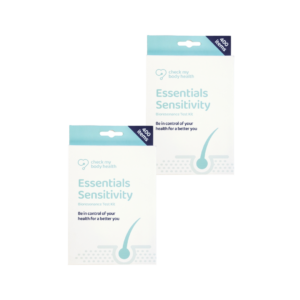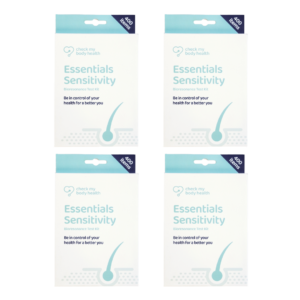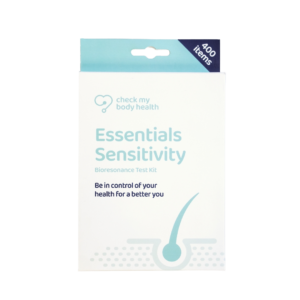Most people in the western world are pretty familiar with wheat – perhaps too familiar. Wheat is the most widely grown and widely traded food crop in the world. Well over 700 million tonnes are grown on 200 million hectares around the world every year – no wonder wheat is such a widely used ingredient.
What has wheat in it? Answer: plenty. It extends far beyond bread onto some surprising supermarket shelves. Wheat or wheat extracts of various kinds are also found in:
- Breakfast cereals
- Baked goods – eg cakes, cookies, biscuits, crackers, muffins
- Sauces and condiments – eg soy sauce, gravy, ketchup, Worcestershire sauce
- Ice cream and even ice cream cones
- Beer
- Pasta
- Noodles
- Dumplings
- Some kinds of processed meat – for example hot dogs
- Seafood substitutes for vegetarians
Wheat extracts are also found in a number of food additives – for example:
- Monosodium glutamate – a widely used flavour enhancer
- Hydrolyzed vegetable protein – this provides a meaty, broth-like texture to canned soups and similar products
- Food starch
- Vegetable gum – this is a thickening agent
Wheat is a cereal grain – i.e. the grain of a grass cultivated for food. Wheat kernels are actually a type of fruit called a ‘caryopsis’.
There are multiple species of wheat, both wild and domesticated. Historians and archaeologists have identified two wild varieties – emmer and einkorn – as amongst the first to have attracted the attention of neolithic farmers in the Near East as long ago as 9000 BC. Domestication was a slow process, as the farmers favoured individual plants with thicker grains and tougher stems for harvesting and replanting. Gradually, cultivated wheats changed, becoming biologically distinct from their wild cousins.
Intolerance to wheat
Wheat is one of the world’s most widely consumed foods, so you may not be surprised to hear that wheat intolerance is a relatively common problem. People who have difficulty digesting wheat might experience such symptoms as:
- Headaches
- Rashes, eczema, itchy skin
- Joint pains
- Breathing problems
- Feeling disproportionately tired
Confusion sometimes surrounds wheat intolerance thanks to three related conditions:
- Gluten intolerance causes many of the same symptoms but, as the name suggests, it is specifically triggered by gluten, a dense protein found in other grains, not just wheat. Therefore people with a wheat intolerance can often eat barley or rye without any problems.
- Meanwhile, a wheat allergy involves the sufferer’s immune system rather than their digestive system. Again, the symptoms often overlap with wheat intolerance, but allergic reactions can be more severe and sometimes require medical intervention.
- Finally coeliac disease can be triggered by wheat but this is neither an intolerance nor an allergy. Instead it is an autoimmune disorder in which the lining of the small intestine is damaged by abnormal reactions to gluten. This is a serious and typically lifelong condition which requires careful dietary and medical management.
What to do if you think you might have a wheat intolerance
If you frequently feel uncomfortable after eating foods containing wheat, intolerance is a possibility you should consider. But it’s not always easy to be sure wheat is the culprit, rather than one of the other ingredients in your meal.
A temporary elimination diet could help. Eliminate all the candidate foods from your diet for a day or two and then add them back one by one, and monitor any symptoms or reactions you may experience after you eat each reintroduced food. If the same old symptoms start up after you eat a slice of bread or a couple of crackers, then you will have your answer.
But elimination diets require careful organisation, and they do of course, also mean restricting your meals for days or even weeks. A complete sensitivity test kit could be a quicker and easier solution. The results will reveal whether you do indeed have a wheat intolerance enabling you to optimise your diet and feel a whole lot better sooner rather than later.

